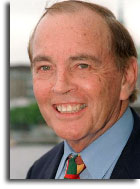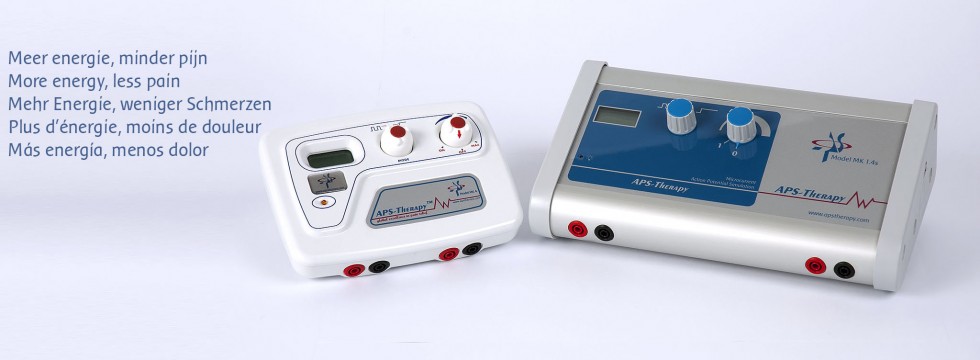History of APS Therapy
APS Therapy is a microcurrent therapy that has been invented in the early 90s. The device was invented in response to an article on the Action Potential, published in a medical journal.
The imitation of the Action Potential is gold in the hands …
This couldn’t be more true. When the prototype in 1992 was built it appeared to have a huge effect on the reduction of pain and the APS Therapy device was born. Meanwhile, the development of the device has come a long way and the pioneer unit has become a mature and reputable pain management device. After 20 years there is no country in the world where the APS unit is not used.
This article has provided the initial idea for Action Potential Simulation, abbreviated APS. Shortly thereafter the development of the well-known APS device began. It took a while before the first working prototype was built from 10 different designs. This initial model was first used to treat someone whose elbows were both completely shattered in a plane crash. The pain relief which was accomplished by this treatment was phenomenal.

Prof. Chris Barnard
More tests were done and more APS machines were built. The APS machine did not go unnoticed and there were more and more interested, as also Prof. Chris Barnard (†). From that moment, APS expanded enormously. Prof. Barnard, who was known worldwide as a great pioneer in surgery, who performed the first successful open heart transplant in the sixties. He became very interested because he suffered from arthritis in the shoulders and neck which was virtually impossible to operate.
As Prof. Barnard came in contact with APS therapy and it was treating himself, he also discovered the enormous improvement of the complaint and he could continue his work as a surgeon for some time. In 1993 the first series APS device built that was donated to an American doctor. The first device that was ever sold went a physiotherapist in Pretoria, South Africa.
However, the first batch was very limited because because proof was needed that the machine did comply to all applicable standards. Different tests, researches and developments had to be conducted to make the machine fit for all standards in both technical as clinical field.
First, the application to the U.S. Food and Drug Administration (FDA) was submitted. There APS Therapy had to be demonstrate that the equipment complies with IEC standards and then APS Therapy had to show efficacy in clinical trials. 16 months later, APS received FDA approval. Shortly thereafter followed more and more international standards.
A few years later, in 1998 to be precise, APS also got the CE label to trade in Europe.
In 1998 when the unit received its CE label, the APS unit was introduced at the “International Invention Show” in Geneva in the division “Medical Equipment”, where the APS device showed huge potential, resulting in the gold medal for that year.
Meanwhile APS Therapy is a Dutch company and the machines are manufactured in the Netherlands according to European standards. This has ensured that the reputation of the APS therapy has grown enormously. Despite the fact that the APS products are no longer manufactured in South Africa the APS machine became more popular in South Africa as the South African APS network can focus on supporting the APS therapy in South Africa even more.



